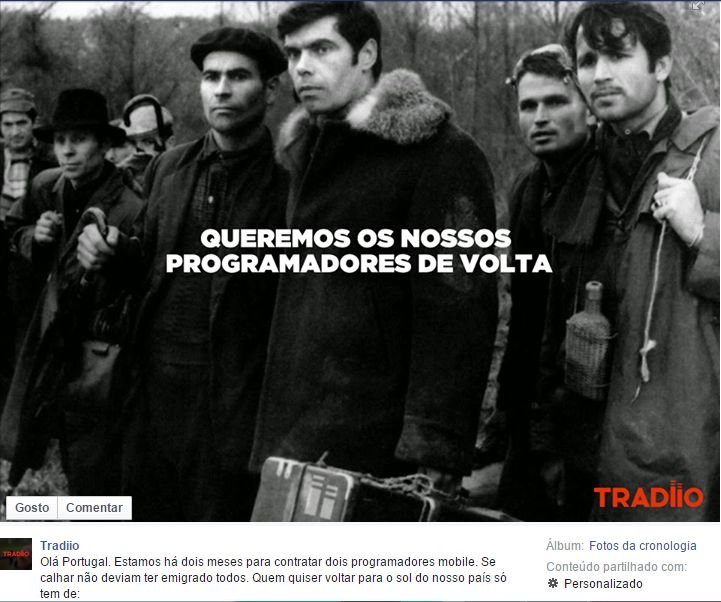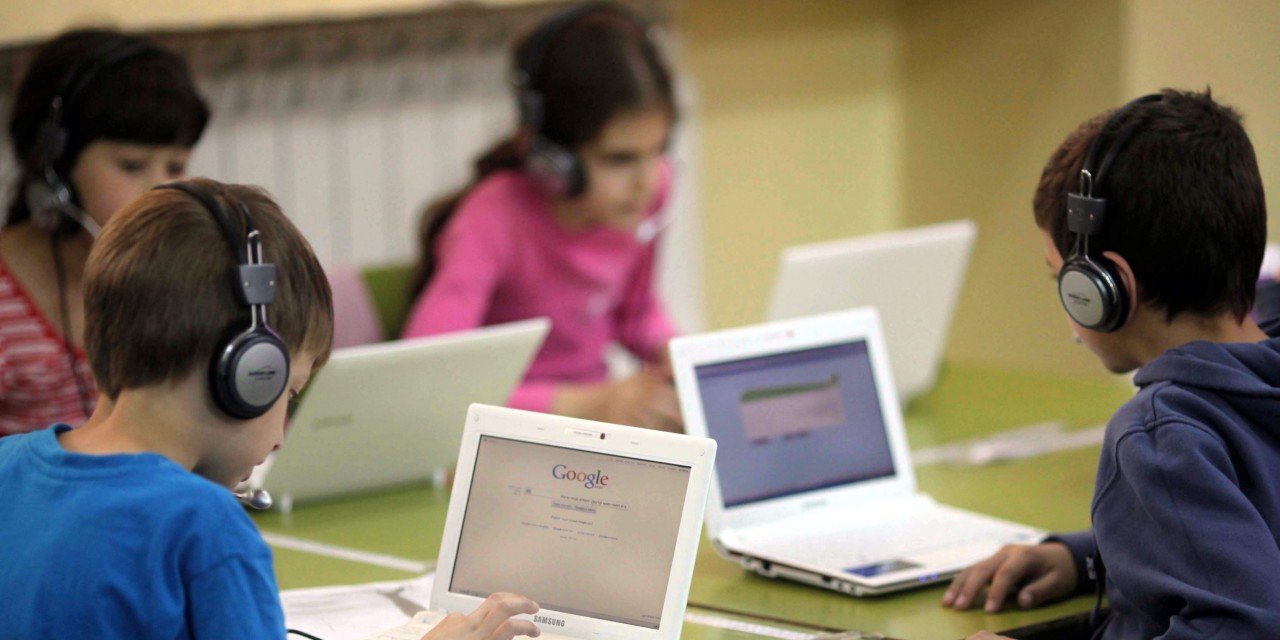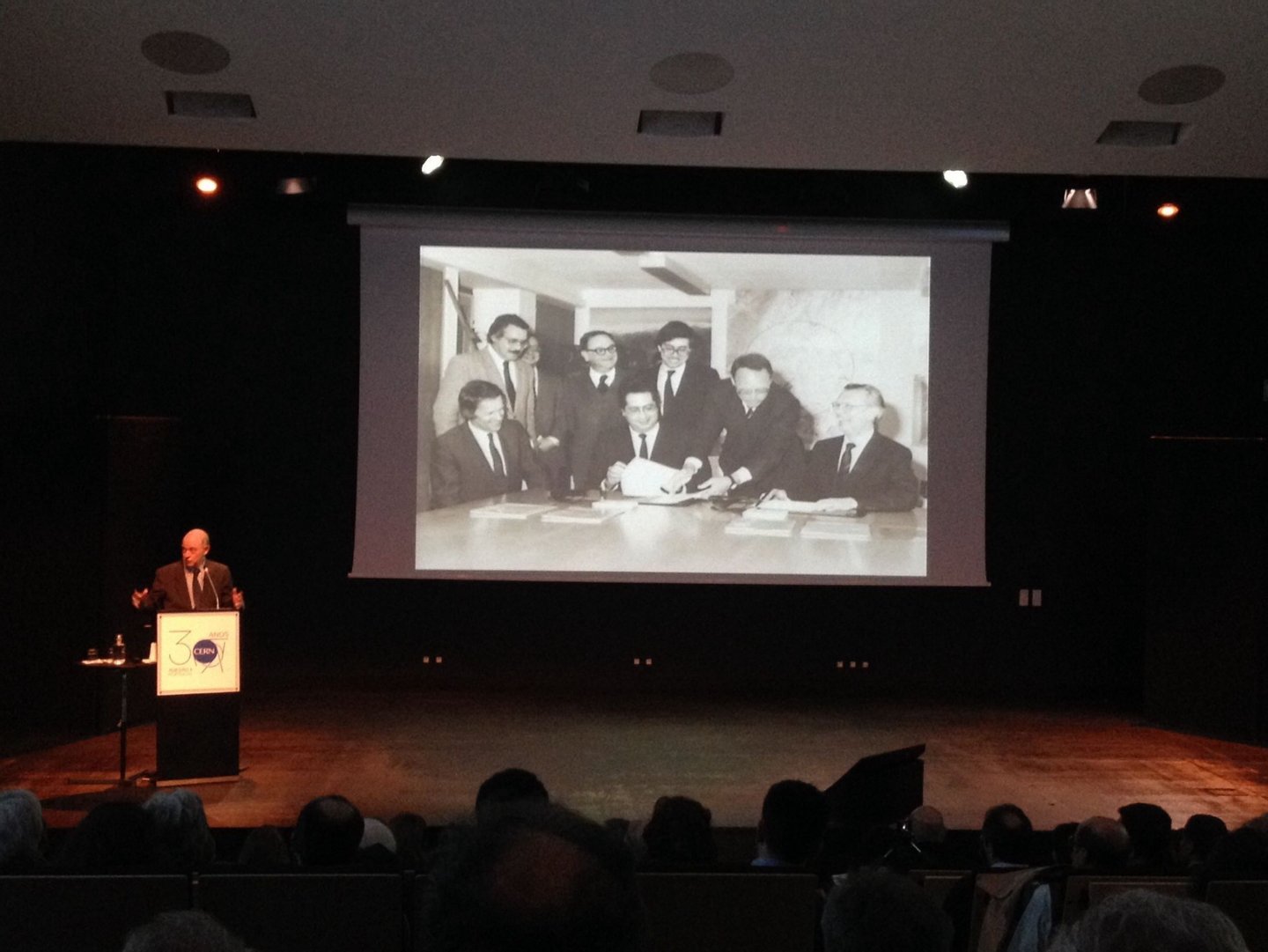Tradiio want to hire but can not find who occupy the vacancies announcing months ago. Brussels has warned: estimates that by 2020 become 15,000 unfilled vacancies in ICT. Where are the women ‘techie’?
Miguel Leite walk for three months trying to hire two mobile developers for your business. And you can not. Tell the Observer put ads “everywhere”: sites of employment, social networks and have even offered a reward to anyone recommend a candidate for the post, by announcing that put in Jobbox – who recommend the technician who will eventually fill the team Tradiio receives 250 euros. It’s nothing. It offers about 1,800 euros net to the two persons who are responsible for creating a mobile application for Android and iOS operating systems. And nothing.
“Who is good at mobile has work here, is stable and it is difficult to leave the company. Or is out there. We are not able to find one available, “says Miguel Leite the Observer. The lack of candidates led the founders of Portuguese music service Tradiio to place an post on Facebook, on 25 March, with an appeal: “We want our programmers back.” Result: 279 likes , 116 shares and several reviews. The effort bore fruit: a Portuguese who was about to leave the job I had in Switzerland to join the Tradiio, but it turned out refuse. Had received another proposal in Switzerland that was better.

Print Screen of the ‘post’ of Tradiio on Facebook
post made Miguel Leite received about 20 resumes of Portuguese who were abroad and who wanted to return. And yet, nothing. Some did not have the desired experience, others were seeking better conditions and to the equation, also entered the fact that the company still be a startup , explains Miguel Leite. “Migrants are also afraid to go back, I think,” he says.
The Tradiio is a free music platform for users and artists, for identifying talent and investing. It is like a game: users listen to music and invest virtual currency in the artists that most believe. The winners – those who do a better job of talent discovery – earn virtual coins that can be exchanged for experience, products merchandise of artists, access to festivals, among others. On 2 March, the startup released the new version of the web platform, iOS and Android.
In 2020, the European Commission estimates that 15 thousand jobs unfilled in Portugal, in the ICT sector. In the European Union, estimated to be 913,000 vacancies
“This is super serious”, vents Miguel Leite, noting that the country is not prepared to meet the market needs work in these areas. The problem must be corrected “at source”, says Miguel, ie training. “Universities should prepare engineers and motivate them to mobile . It is a market that pays well, which will have a sustainable growth and the students leave university without having notion that the market is attractive in mobile , “says the entrepreneur.
At the end of the year, the European Commission estimates that 8,100 jobs remain unfilled in Portugal in the area of information and communication technologies (ICT), according to a report published by the institution in January 2014. In 2012, they were 3,900 and in 2020 It is estimated that 15 thousand. In total the 27 Member States of the European Union, the committee estimated that they are 913,000 unfilled vacancies in ICT.

In the study of Jobbox, 55% of ICT-care workers reported receiving between one thousand and 1800 and 14% received more than 2,500 euros
A study released in December by Jobbox showed, in other words, the same: that unemployment was not coming to professionals trained in ICT. Ie 100% of respondents were employed and technological played character roles. Of these, 90% receive between one thousand and 1,800 euros at end of month, 55% receive more than 1,800 and 14% received more than 2,500 euros.
Miguel Leite explains that, at a time when the term “entrepreneurship “is” so hot “, such incompatibilities (between supply and demand) can not happen. “Born startup technology and then there are no answers in terms of human resources,” he says. In the European Commission document, it says that employment in the sector has been growing in Portugal since 2008 and that wages are high, with above inflation increases.
” Quite simply there are no people. And the most curious thing is that there are places in universities, but people do not appear or to study “
José Paiva, founder of Jobbox
” There is a recent trend to hire more human resources with specialized training in ICT, compared to the habit that existed in the past to adapt human resources from other areas, which had however acquired ICT skills, “it reads. According to the European Commission, the country has also seen a reduction in the number of students who opt for these courses.
José Paiva, founder of Jobbox, startup Portuguese specializing in recruitment and support for career management professionals in the technological area, told the Observer that the recruitment market is “terrible” in all matters related to programming. “Everything indicates that at the end of the year remain unfilled 500,000 job at the European level,” he said. For the expert, who has been administrator of Novabase Business Solutions, “is a problem” finding people to fill vacancies that arise in Jobbox.

Jose Paiva, founder of Jobbox, says you have to entice people to change jobs
“You have to go after people, Alicia them to change jobs, “he says, revealing that no unemployed people in the ICT sector in Portugal. Gives an example: if to raise 1,000 companies to advertise on Jobbox could in a month, but if I wanted to find the same number of candidates, would need a year. “Quite simply there are no people. And the most curious thing is that there are places in universities, but people do not appear or to study, “he says.
And the fact that there is sufficient human resources is already controversial, it worsens- when it extends the discussion to gender: why there are almost no women in ICT
On April 23, celebrated the World Day for Young Women in ICT and the Department of Informatics, Faculty of Science, University of Lisbon organized an event, the Girls in ICT, to raise awareness among young people, parents and teachers for career opportunities and professional achievement in the area.
“There informatics everything. The computer is transverse. And you need to alert parents of young people to these career opportunities, “said Pedro Veiga, professor at the Faculty of Sciences and president of the Internet Society Chapter Portugal, at the opening of the event.
“We dissemination to universities and fortunately we managed to recruit who we want. But this general lack in the country is a reality”
Carmo Palma, member of the Executive Committee of Novabase
Carmo Palma, member of the Executive Committee of the Portuguese technological Novabase, told the Observer that there are in fact many employment opportunities in ICT, in Portugal and abroad, and the country was known to have very good universities. “We, every year, we recruit. We dissemination to universities and fortunately we managed to recruit who we want. But this general lack in the country is a reality, “he said.
What to do to change? Embed in Basic Education more areas of ICT, focusing on initial training suggests Carmo Palma. Katie Pesquita, teacher and researcher in FCUL in Large-Scale Information Systems Laboratory, adds another suggestion:. The computer has to start to look like an interesting career early, especially for girls

For the experts, it is important to incorporate technologies early
“There lack of professional, but there is also a lack of students. Failure is not when they leave the university, is just outside, Then we have fewer candidates than those who want to absorb the market later, “he says, noting that if universities were able to double the number of current students (between 10 and 15%) was already “very good”. “So because our students have a little more success than boys,” says.
On the basis of the absence of girls in computer courses or ICT are the myths associated with the career he explains. “Many girls do not know the multitude of different careers and different areas in which the computer can have an impact. They think it’s something of computers and do not realize that with a career in ICT, can act in areas such as health, finance, media arts. These are areas that, classically, attract girls, and ICT can be a way to contribute to these areas, “he says.
“Our students have an employment rate of around 100%”
Katie Pesquita, Assistant Professor in FCUL
For Katie Pesquita, a professional ICT can choose which its sphere of action and intervene in almost all areas, with the tools that this training gives you. “Our students have an employment rate of around 100% . They are all to be absorbed by the market, “he says.
Teresa Chambel, professor at the Faculty of Sciences and one of the event organizers, told the Observer the need to increase people’s awareness of the opportunities. “Today, there are people working in computer and doing things giríssimas in multidisciplinary areas,” he says.
“The computer is the rare animal, is the ‘geek’, is ‘nerd’. While not create an image more ‘cool’ [fix] the computer, we still have this situation “
José Paiva, founder of Jobbox
on the approach that could give the area mobile , says the role of the university is to provide a wide range of knowledge bases and people, encouraging autonomy and the ability to learn. “I believe we are training people who have a lot these capabilities and will be able to do well not only at a time are the app that are giving as a time when it’s something else,” says, adding that in FCUL form people with skills that allow them to be good programmers, good systems professionals, graphic or artificial intelligence computing. “But to be creative,” he says.
José Paiva, the Jobbox, says it is necessary to renew the image that is associated with professional ICT. “The computer is the rare animal, is the geek is nerd . While not create an image more cool [fix] the computer, we still have this situation, “he said. The situation in which there is vague and there is employment, but where there are almost no people.






 >
> 




